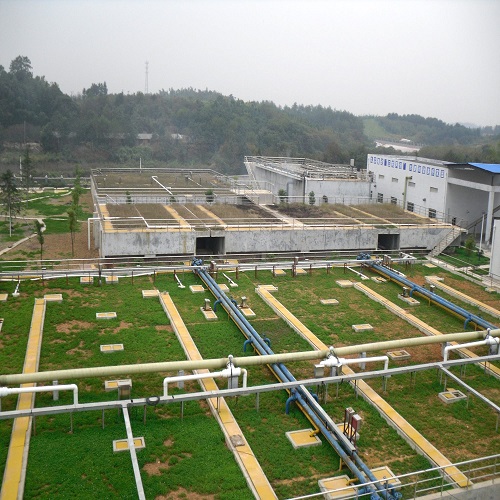Prefabricated eco-house, fast assembly
Steel pipes, Laser machinery, UAV
Water/gas treatment, Cooling water

Prefabricated eco-house, fast assembly
Steel pipes, Laser machinery, UAV
Water/gas treatment, Cooling water


According to our company's experience in environmental protection projects for many years, it can be summerized as follows: papermaking wastewater mainly comes from pulping and papermaking processes in papermaking industry.
Pulping is the separation of fibers from plant raw materials, making pulp, and then bleaching; Paper making is the dilution, forming, pressing, drying of pulp into paper. Both processes discharge a large amount of wastewater.
Wastewater from pulping is the most polluted. Wastewater discharged during pulp washing is black-brown, which is called black water. The concentration of pollutants in black water is very high. BOD is as high as 5-40g/L. It contains a lot of fibers, inorganic salts and pigments.
The wastewater from bleaching process also contains a lot of acid-base substances. The wastewater discharged from paper machine is called white water, which contains a lot of fibers and fillers and adhesives added in the production process.
Pulping and papermaking wastewater is mainly divided into three types: black liquor, intermediate waste-water and white water.
(1) Black liquor:
Plant fibers are boiled with alkaline agents containing NaOH or NaOH+sodium sulfate to dissolve lignin, and the discharged cooking liquor is "black liquor" (alkali boiled as black liquor, acid boiled as red liquor, most of which are boiled in alkali). Black liquor contains lignin, pentosan and total alkali, and is a high concentration and refractory wastewater.
(2) Mid-stage wastewater: Wastewater produced by alkali-boiled pulp in the process of washing, screening and bleaching, COD load per ton of pulp is about 310kg. BOD/COD ranged from 0.20 to 0.35, with poor biodegradability. The main pollutants are soluble COD such as lignin, cellulose and organic acid. The most serious pollution is chlorine-containing wastewater from bleaching.
(3) White water: It contains a large amount of water, mainly small fibers, fillers, coatings and dissolved wood components, mainly insoluble COD, poor biodegradability and toxicity of preservatives added.
Our general process for treating papermaking wastewater is:
Black liquor and intermediate wastewater:
Alkali recovery, Acidification, LB-1 alkali precipitation, Membrane separation, Flocculation and sedimentation, Biofilm process, Anaerobic biological treatment, Screen microfiltration, Air flotation, Advanced oxidation.
White water:
Filtration, Air flotation, Precipitation and Screening.
Copyright All Rights Reserved @Shanghai Chemmah Industrial Co., Ltd.
Address: No. 528, North Yanggao Rd, Pudong Dist, 200137, Shanghai, China
Email: sales@chemmah.com
Tel and WhatsApp: +86 158 6847 7948